Your Life On A Leash: Ankle Leashes Will Kill River Surfers
If your ankle leash catches on a rock or tree the river forces your body straight, flat and underwater. There are three results: (1) you drown, (2) your leash breaks or (3) someone cuts you free or releases your leash.
You will not be able to reach your ankle leash to release it or cut it because you will not be strong enough to bend your body against the river. Imagine a giant grabbing your ankle and pulling your leash leg straight then another giant pressing your body flat. The more you fight to reach your ankle, the harder they push you down.
Two Near Drownings at the Kan
In winter 2013 over a span of four months two river surfers in Alberta, Canada, almost died because of their ankle leashes. In both cases the river was waist deep and not moving particularly fast. With no warning their boards went to one of side of a deep underwater rock and their ankles floated down the other side. Suddenly, they felt a huge force pulling on their leash leg. Their boards disappeared, their bodies were forced flat with their heads downstream and they struggled to keep their mouths above water.
How They Escaped
The first surfer had two friends nearby in the river who were barely able to fight the current and pull him upstream to release the leash. The second surfer was alone. He managed to get one leg underneath him and struggled to keep his head above the waist deep water. After 5 minutes he was about to give up and then his leash broke. Without slow water, friends and luck both of these river surfers would be dead. In a fast river, if your ankle leash gets caught your friends watch you drown.
Minimizing Leash Entrapment Risk
I heard five solutions to leash entrapment while talking with different river surfing communities:
- Don’t Wear a Leash: Learn to land on your board when leaving a wave and how to swim a river to catch your board when it escapes. You have the most control on your board and on it is typically the safest place in the river.
- Wear your leash on your back arm: Attach your ankle leash to your back arm. If your leash is caught you can release it with your other hand and if you can’t reach it you may just slide free. A downside is it may get in the way during more aggressive surfing.
- Use a waist leash: Waist leashes attached around the waist with a belt, the release mechanism is on the belt and reachable with either hand.
An example of a waist leash. - Never put your feet down when floating down the river: If you are floating down stream do not stand up. If you have to stand up, swim against the current to slow yourself down as much as possible before standing up.
- Wear a knife to save others: If a surfer’s leash gets caught you may be able to cut their lease with your knife unless you are to far away or the river is too fast or you left your knife on shore because you never use it.
I hope this article and the ones that follow will help us share information about river surfing dangers and safety so fewer surfers die as river surfing becomes more popular.
This article was brought to you by Neil Egsgard, ARSA President.
Alberta River Surfing Association — RiverSurfing.ca/forum
Surf Anywhere Project — SurfAnywhere.ca

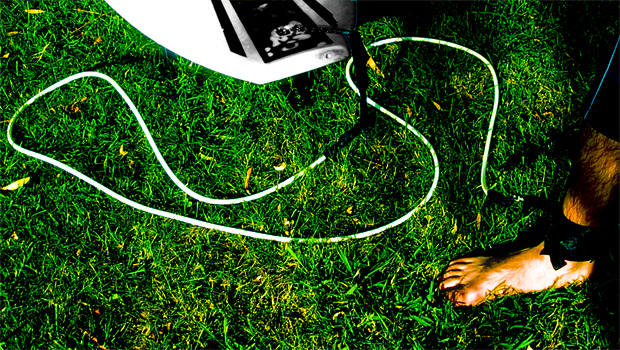

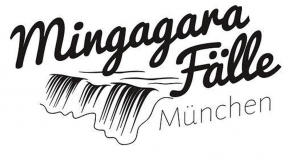
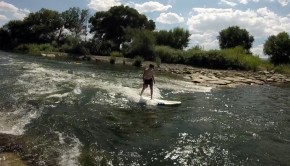
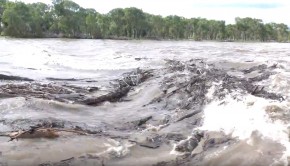










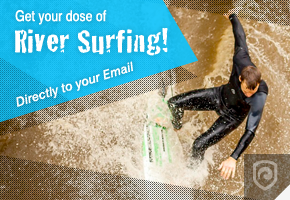
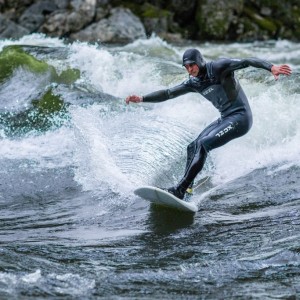
Pingback: The lowdown on leashes for river surfing - SUP for the Soul
Pingback: What do I need to start river surfing in Calgary? | Rocky Mountain River Surfing
Pingback: What Do I Need To Start Surfing In Calgary | Jacob Kelly Surfs
Pingback: The Danger of Leashes on the River | RiverSurfLife
Pingback: Everything You Need to Know to Get Into River Surfing % - Besttopproducts.com
Pingback: Everything You Need to Know to Get Into River Surfing - oldfitcafe
Pingback: Everything You Need to Know to Get Into River Surfing – Create circle of Influence
Pingback: Everything You Need to Know to Get Into River Surfing | Matra Khabar
Pingback: Everything You Need to Know to Get Into River Surfing – Fitness Health
Pingback: Everything You Need to Know to Get Into River Surfing - Ali Badkoobehi
Pingback: Everything You Need to Know to Get Into River Surfing – Good Life from Here
Pingback: LESSONS LEARNED FROM BEND WAVE FATALITY – The Denver Surf Report